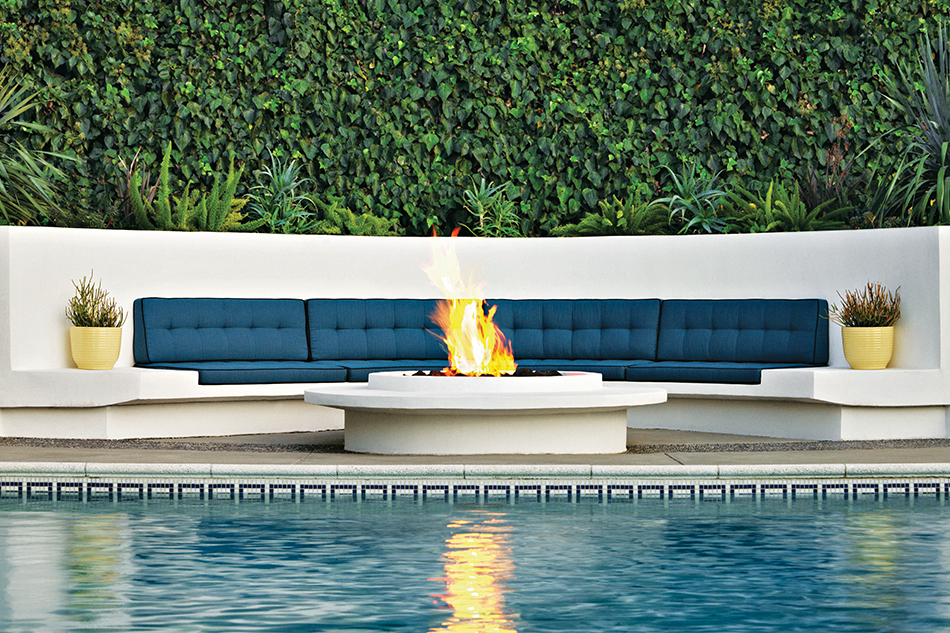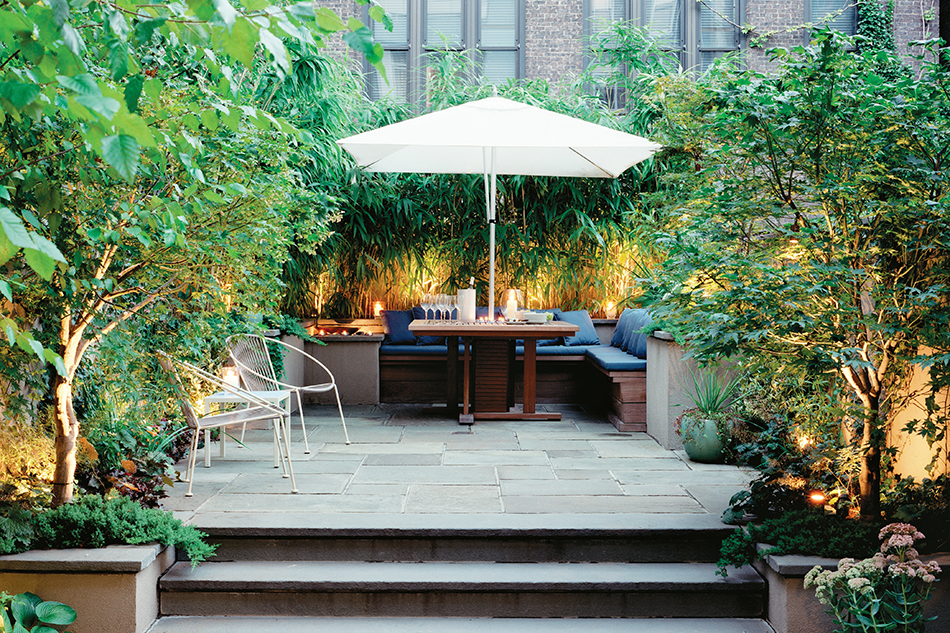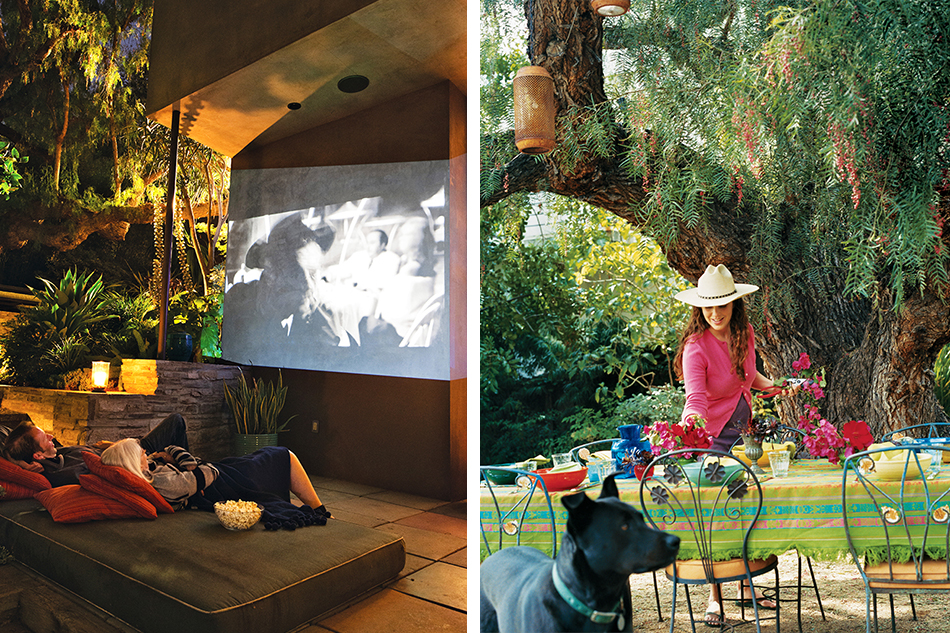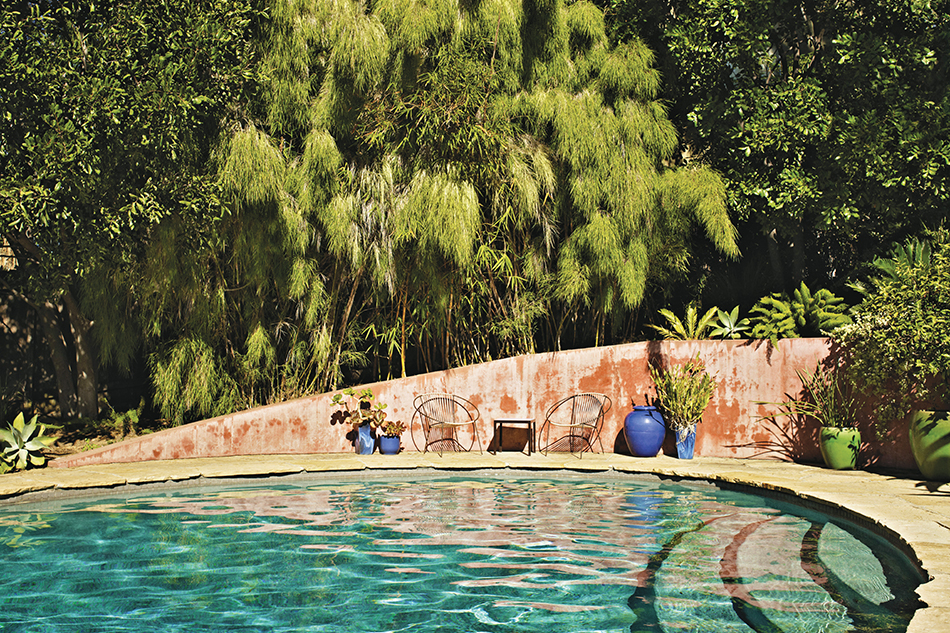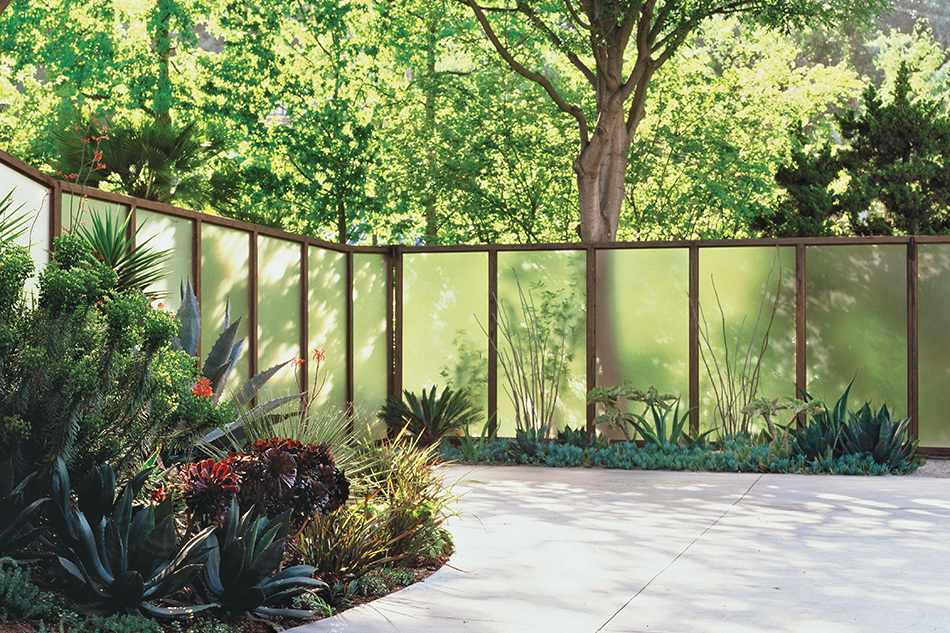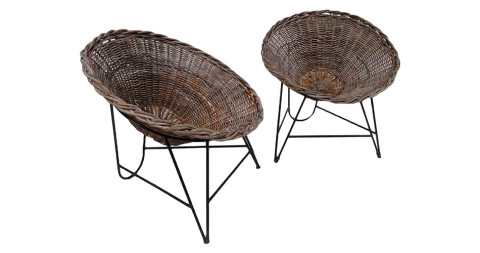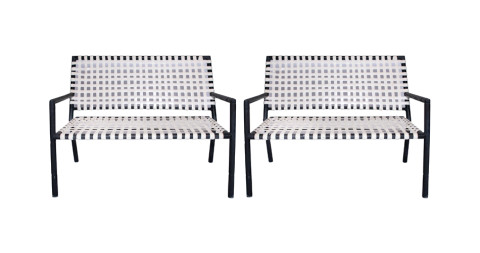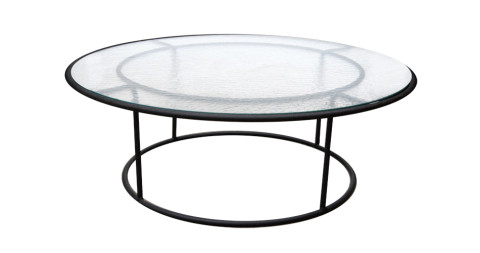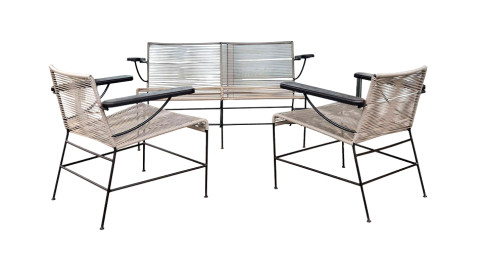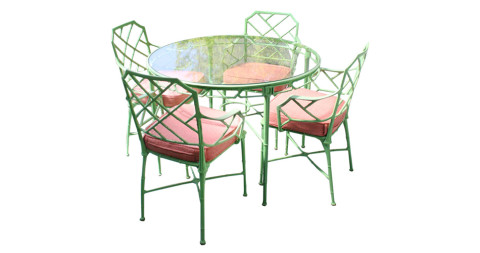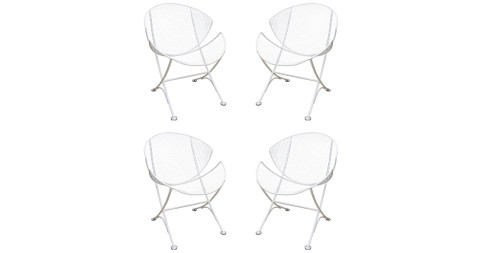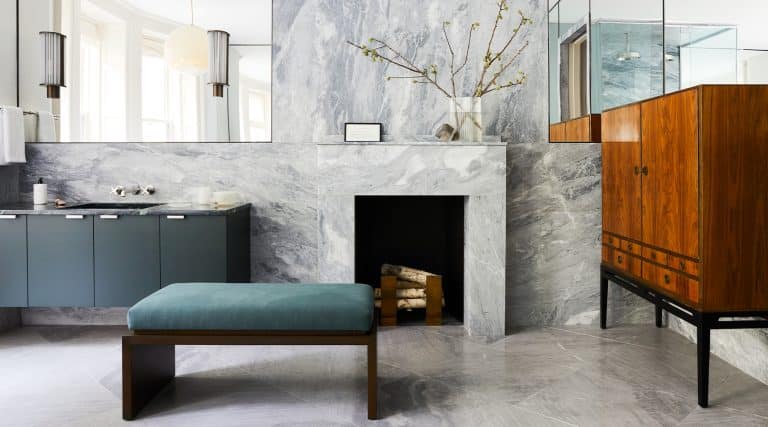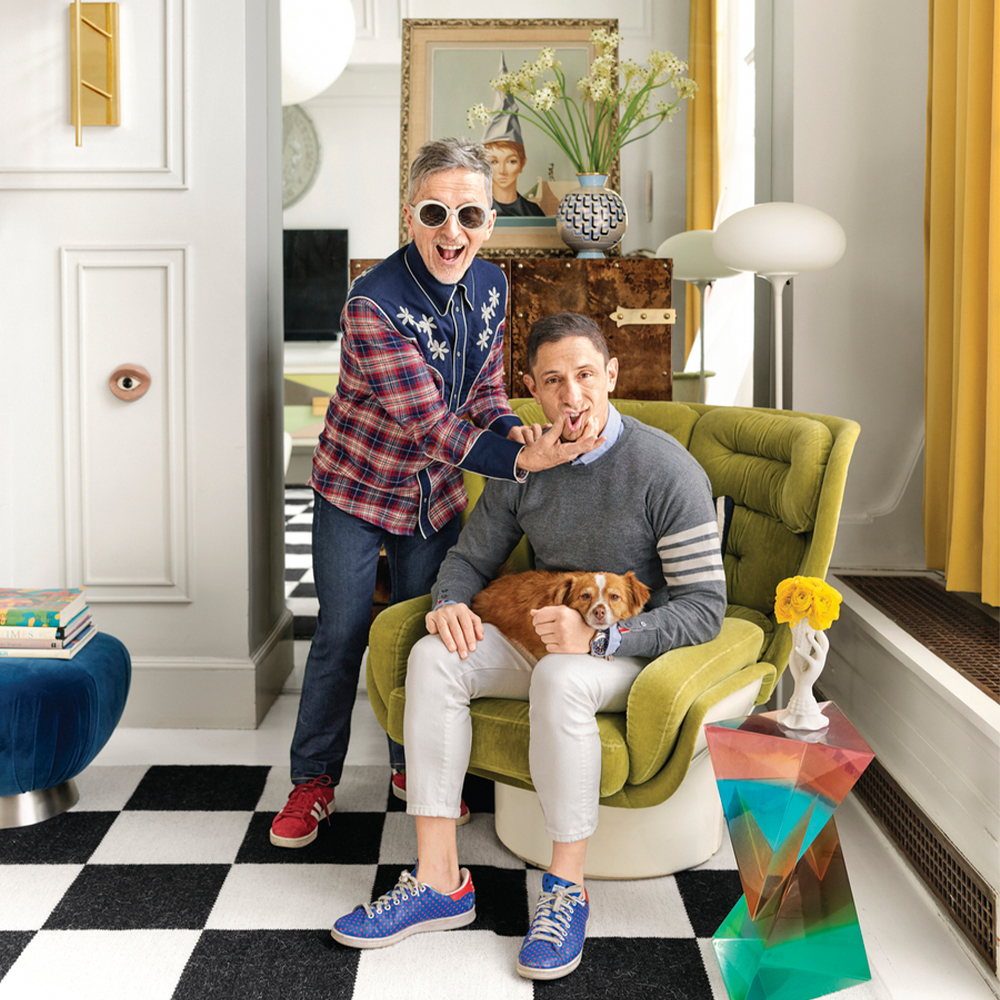
July 16, 2014In the foreword to Gardens Are For Living, Jonathan Adler describes his friend and collaborator Judy Kameon as an “etherally gorgeous Earth Mother who wears an extremely compelling sunhat” (photo by Melanie Acevedo). Above: A verdant hillside retreat in L.A.’s Westwood neighborhood (photo by Tom Mannion). All other photos by Erik Otsea/courtesy of Rizzoli, unless noted
Judy Kameon seems to succeed at anything she puts her mind to, whether it’s becoming a painter or styling wardrobes for music videos. So it’s hardly surprising that what began as a gardening hobby 20 years ago is today Elysian Landscapes, Kameon’s thriving Los Angeles landscape design firm. Known for creating elegantly contemporary environments distinguished by textured plantings, socializing-friendly layouts and stylish furnishings, Kameon has worked with clients including Sofia Coppola, the architect William Georgis and the retro-chic Parker Palm Springs resort, for which she collaborated with Jonathan Adler. Her vibrant spaces have been featured in the New York Times, Los Angeles Times Magazine, Architectural Digest, Dwell, Domino and Garden Design, and she has her own thriving line of patio furnishings called Plain Air.
Kameon’s first book, Gardens Are for Living (Rizzoli, $50), features beautiful photos of her work along with inspirational vintage shots by the likes of Julius Shulman and Slim Aarons. But this is no monograph to be looked at once and then relegated to the coffee-table pile: Rather, it is a delightfully lucid manifesto on how to create outdoor spaces and then effortlessly inhabit them, filled with practical tips on everything from grilling techniques to growing food to determining your soil type and incorporating outdoor art.
Recently, Kameon spoke to 1stdibs about the new book and the essentials of creating livable outdoor spaces.

At Kameon’s Elysian Park home, a series of walls and an outdoor bench create a “mini outdoor foyer.”
Your book launches a crusade against fussiness.
Imperfection is not the enemy. Gardens are constantly in flux, and so I tell people to embrace the seasonal changes. Things flower, they bloom, they turn brown. Enjoy the whole cycle.
What most dramatically affects our experience of outdoor space?
Privacy is important, and you want to obscure unattractive views. Comfortable furniture is essential; if there’s no place to sit, you can’t enjoy the space. And you have to create beauty. For me, that could be expressed with a few pots or a whole garden, how you layer the plants or what furniture you choose. Use as beautiful materials as your pocketbook allows. It will pay off in the end.
What is layering?
Rather than having a single row of plants or only one type of plant, you create a lower story, which is groundcover or small detail; the middle story, which relates to the human scale; and the upper story, which often responds to the architecture. You want to hit all those notes.
You write that sound is so often overlooked, but so important.
The sound we use most is water. Even a mild burble creates a pleasing foreground; your ears attune to that, and other sounds recede. We can’t obliterate the noise of the city, but we can make it take a step back. A water feature does not have to be the fountains of Versailles. It can be a simple vessel with a pump.

Of this garden in L.A.’s Silverlake neighborhood, Kameon writes that the mesh of two vintage John Salterini clam chairs offers a visual counterpoint to the daybed.
Hardscaping, like walls and paths, feature prominently in your work. Why?
I think of walls as opportunities. On hillsides or slopes, walls are useful to create flat surfaces you can occupy. But I will even put in walls in flat spaces because having topography can create a dynamic environment, and low walls are great places for seating. Walls can be wonderful as backdrops for planting. You can create compositions against them, and you can paint them beautiful contrasting colors. You can also use graphic silhouette plants and then uplight them at night so they cast shadows against the wall.
What outdoor furniture will you love until the end of time?
Walter Lamb designed a collection in the 1960s using tubular bronze and marine-grade cotton rope. To me that’s the gold standard. The pieces are comfortable and the materials get a lovely patina. I’m a big fan of aging beautifully. The Salterini clam chair is fun, compact, surprisingly comfortable — and it’s transparent, so it doesn’t create a visual block. I also love Hendrik van Keppel and Taylor Green. They created beautifully crafted modern design pieces, mostly with metal frames. They took a simple picnic table design and elevated it to something just very lovely and gracious.
Judy Kameon’s Quick Picks on 1stdibs

